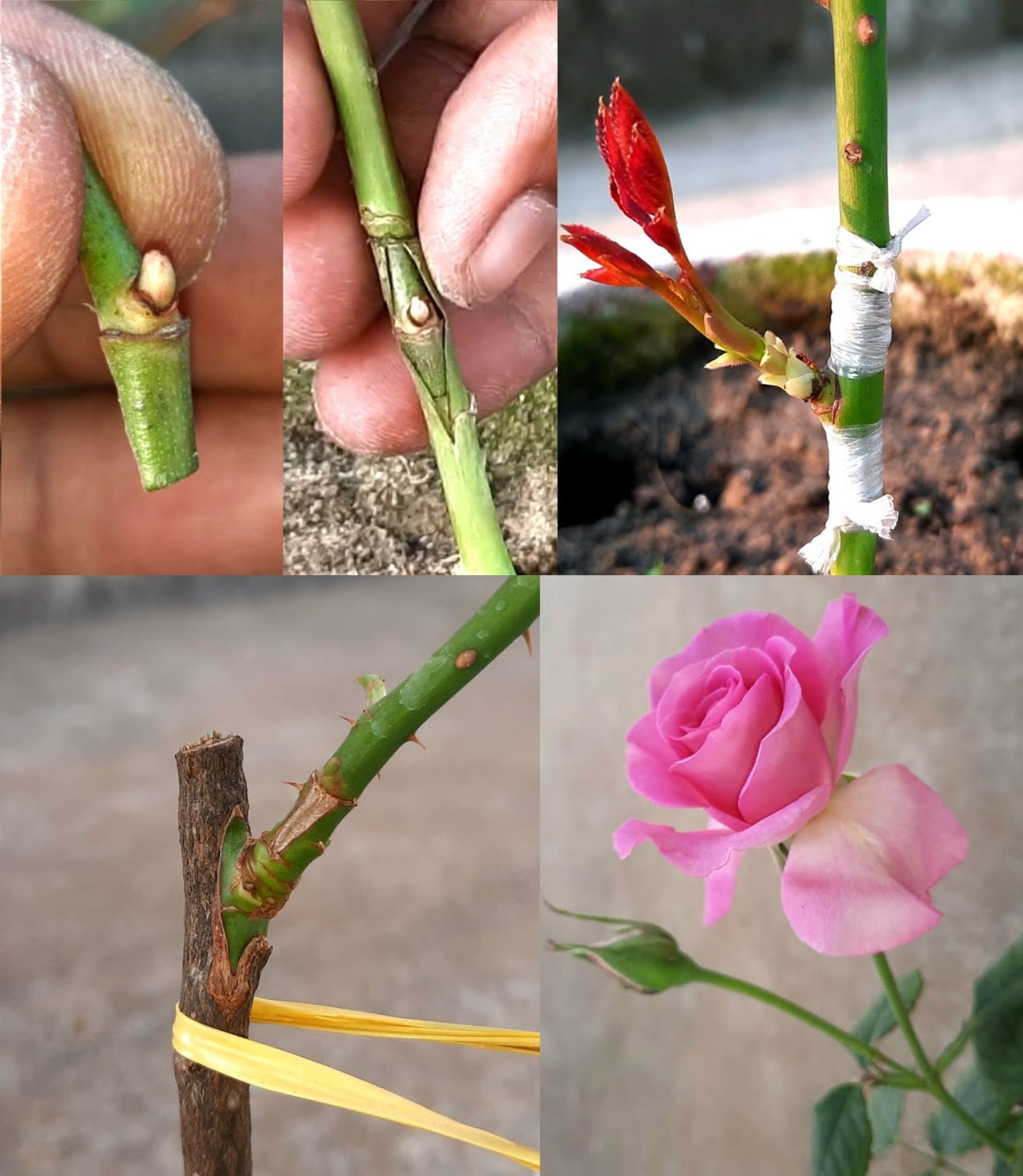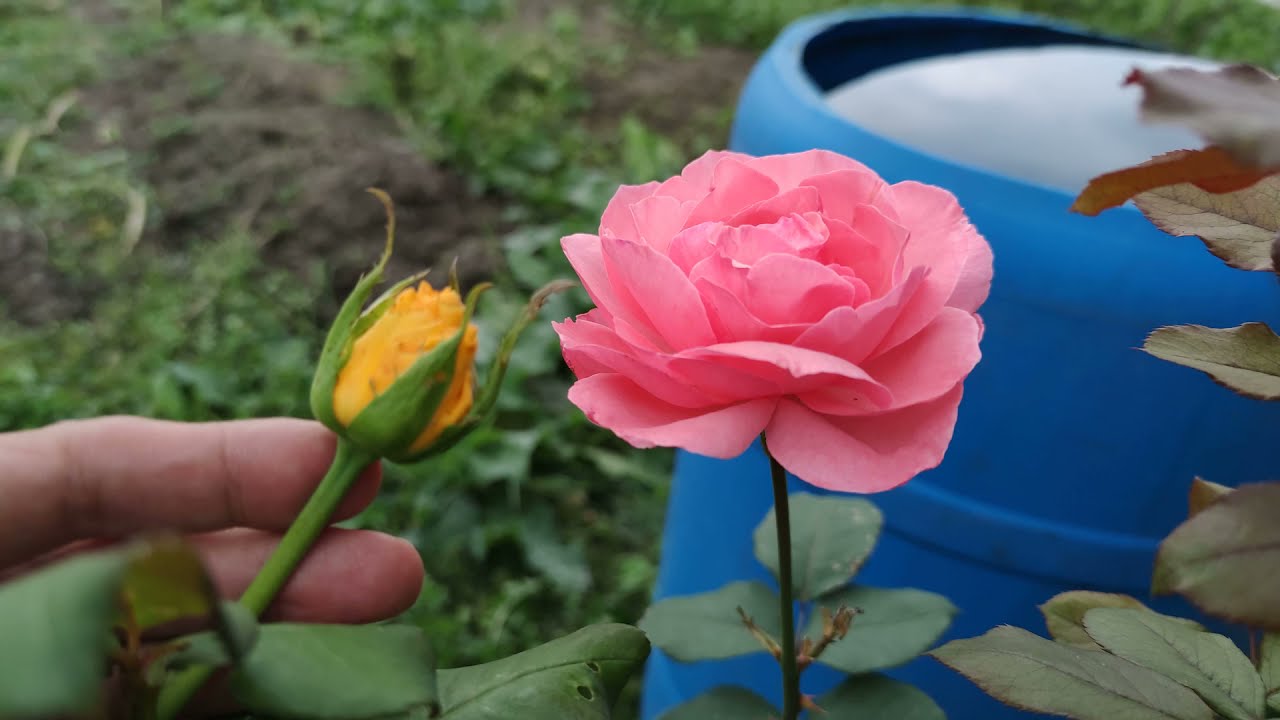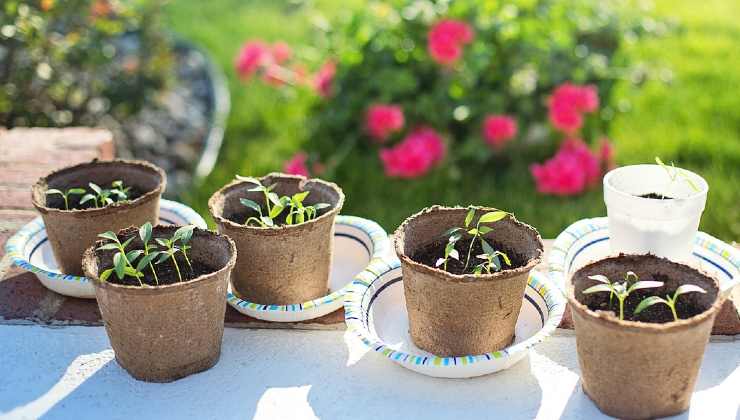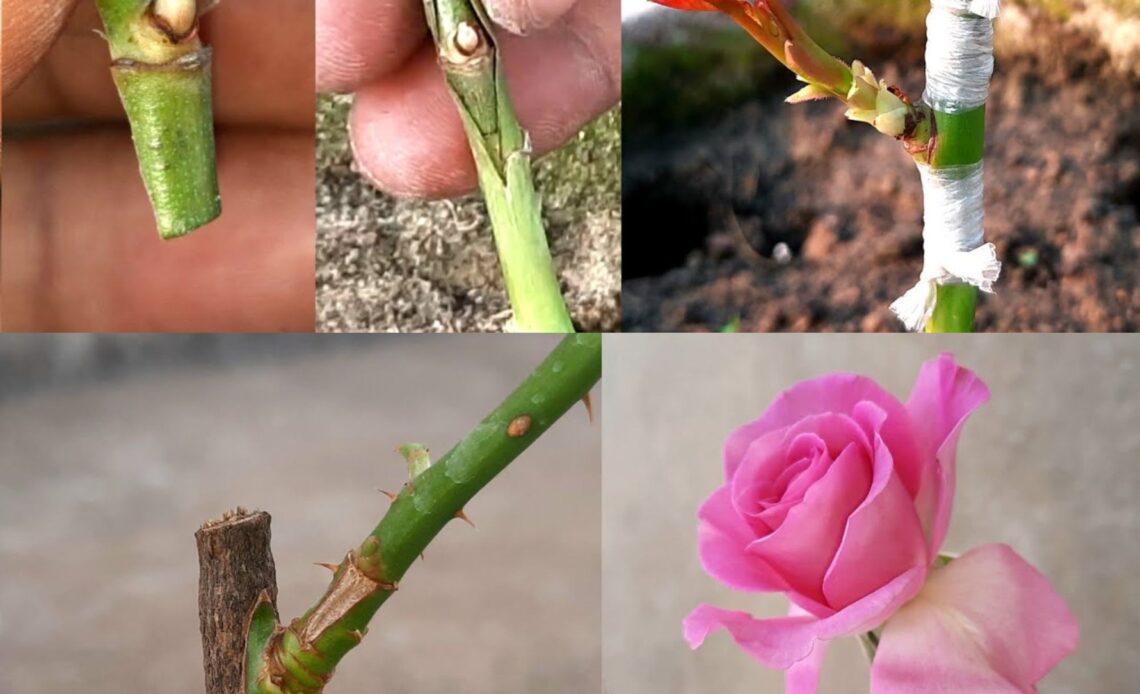
Copy
Grafting a rose may seem like a task reserved for professionals, but the truth is that anyone can master the process with a few essential steps.

While it’s not a straightforward action, understanding the key procedures can lead to the gratifying sight of diverse flowers blooming naturally, saving you from purchasing additional varieties and valuable time.
Grafting a Rose: Incorporating Other Varieties
Grafting a rose with other varieties requires attention to specific procedures, but the rewards are well worth the effort. The process involves uniting two plants of distinct varieties to create a unique and exceptional plant.

1. Selection of Rootstock:
- Choose a robust rootstock, which is pivotal for the success of the grafting process. A dog rose paired with a multiflora rose is a recommended combination, especially for beginners.
- Dog roses exhibit sturdy roots and adapt well to various soils, making them an ideal rootstock. Multiflora roses possess shallow roots that complement this type of addition.
- Obtain the rootstock either by planting seeds from the chosen varieties or by using cuttings. Take two branches of approximately twenty centimeters in length during winter and plant them in summer to cultivate your seedling.

2. Tools and Preparations:
- Gather essential tools, including disinfected scissors and ligature materials, before initiating the grafting process.
- Ensure the outdoor temperature is around 25 degrees Celsius before proceeding with the grafting.
3. Grafting Procedure:
- Begin by cutting the branch, aiming for a perpendicular cut rather than a clean one. Prior to cutting, remove leaves and thorns for better working conditions.
- Attach the detached portion to the rootstock and secure it using raffia or another lightweight material to cover the cut.
- After about a month, inspect the result by removing the raffia to assess the rooting status.
4. Key Operations:
- In February, cut the rootstock at the grafting point during the initial month. In spring, observe the emergence of the first shoot, allowing it to reach approximately fifteen centimeters.
- Trim the shoot and eliminate wild growth around the structure.
5. Seek Professional Advice:
- Consult a professional nurseryman for guidance, as not all roses are suitable for grafting procedures. Their expertise can provide valuable insights into selecting compatible varieties and ensuring successful outcomes.
By following these steps and seeking professional advice when needed, you can master the art of grafting roses and enjoy the beauty of a truly unique and diverse garden.
